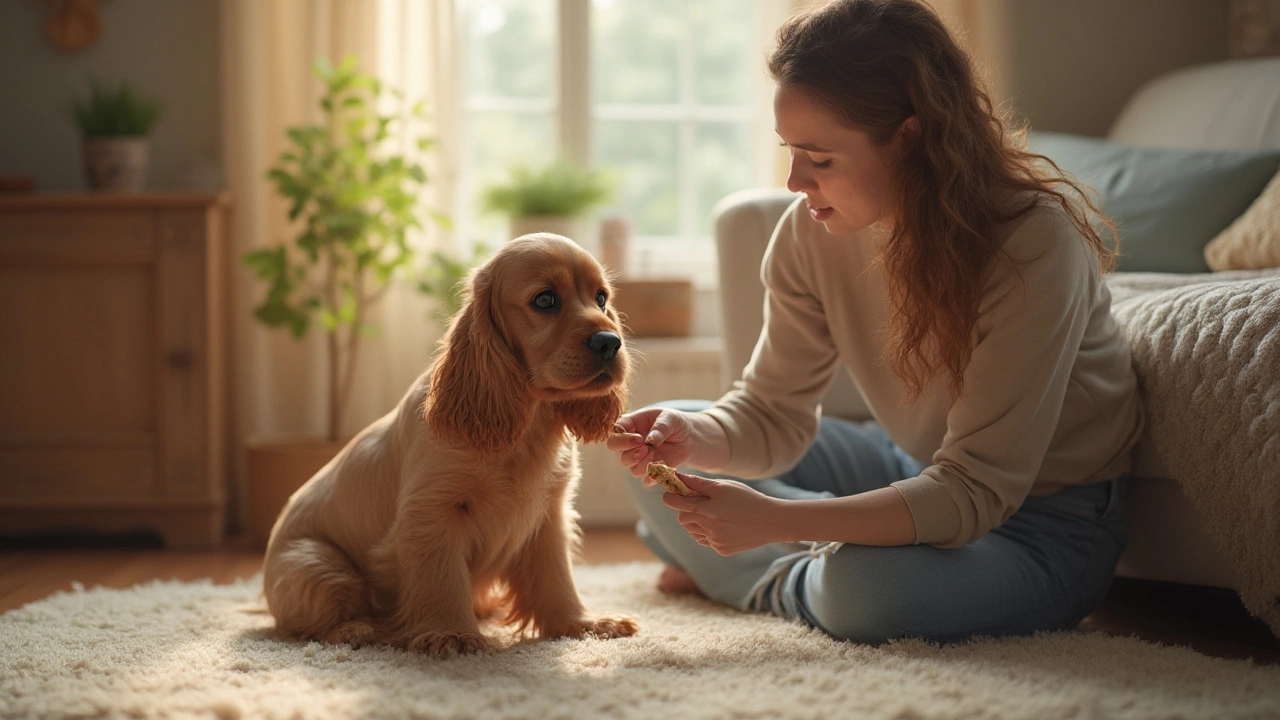Dog Grooming Emotions: Make Every Session Stress‑Free
Ever wonder why your dog trembles or hides when you reach for the brush? Grooming isn’t just about a neat coat – it’s a big emotional event for your pet. Understanding what your dog feels can turn a nervous shuffle into a calm routine. Below are the most common emotions you’ll see, why they happen, and simple steps to keep your pup relaxed.
Spotting the Signs: What Your Dog Is Telling You
Dogs speak with their bodies. A low tail, ears back, or quick panting usually means fear or anxiety. If your dog whines, snaps, or tries to escape, they’re feeling unsafe. Look for subtle cues too – a relaxed sigh, a soft wag, or a gentle nose nudge means they’re comfortable and ready to be pampered. Knowing these signals helps you react before stress builds up.
Tips to Turn Grooming Into a Positive Experience
Start with short, happy sessions. Let your dog sniff the brush, then give a treat for any calm behavior. Gradually increase the time you spend brushing, always rewarding calmness. Use gentle, slow movements and avoid pulling on mats or tangled fur – that only spikes fear. If you have a multi‑dog household, let the calmer dogs go first; they set a relaxed tone for the nervous ones.
Pick the right tools. A soft‑bristled brush works for most breeds, while a slicker brush is best for thick coats. No‑cut nail clippers are safer for anxious dogs because they don’t snap. Keep the grooming area quiet, away from loud appliances or busy doorways. A calming music playlist or white noise can mask sudden sounds that startle a sensitive pup.
Give your dog control where possible. Let them step onto a non‑slip mat before you start. If they want a break, pause and let them walk away. A short walk or a quick game of fetch can reset their mood before you continue. Remember, the goal isn’t a perfect haircut in ten minutes – it’s a calm, trusting routine that you can repeat.
Reward the experience. End every grooming session with something fun – a favorite toy, a tasty treat, or a short playtime. Over time, your dog will associate grooming with positive outcomes, and the nervousness fades. Consistency is key: try to groom at the same time of day, in the same spot, so the whole process becomes predictable.
If your dog shows extreme fear, consider professional help. A vet or certified trainer can advise on calming aids, like a pheromone diffuser or a short course of anxiety medication. Never force a terrified dog; it can damage the trust you’ve built and make future grooming harder.
Keeping an eye on your dog's emotions during grooming not only gives you a neater coat, it strengthens the bond between you. By reading the signs, using gentle tools, and rewarding calm behavior, you’ll turn grooming from a stressful chore into a moment of connection. Give it a try on your next brush – your dog will thank you with a wagging tail rather than a nervous whine.
Do Dogs Cry During Grooming? Dog Emotions and Grooming Explained
Discover if dogs cry during grooming, how they show stress, and the best ways to make grooming a calm, positive experience for your dog.
